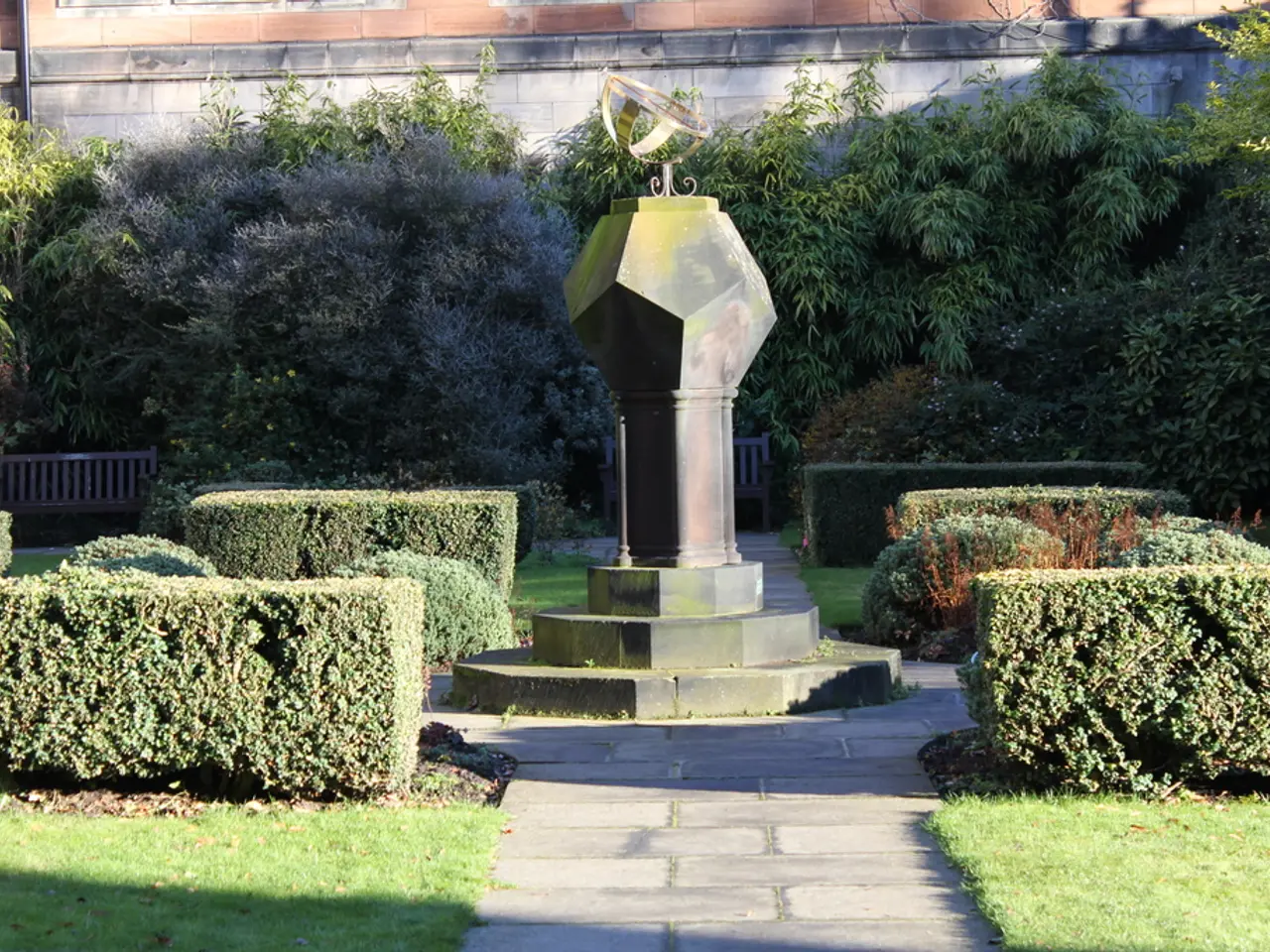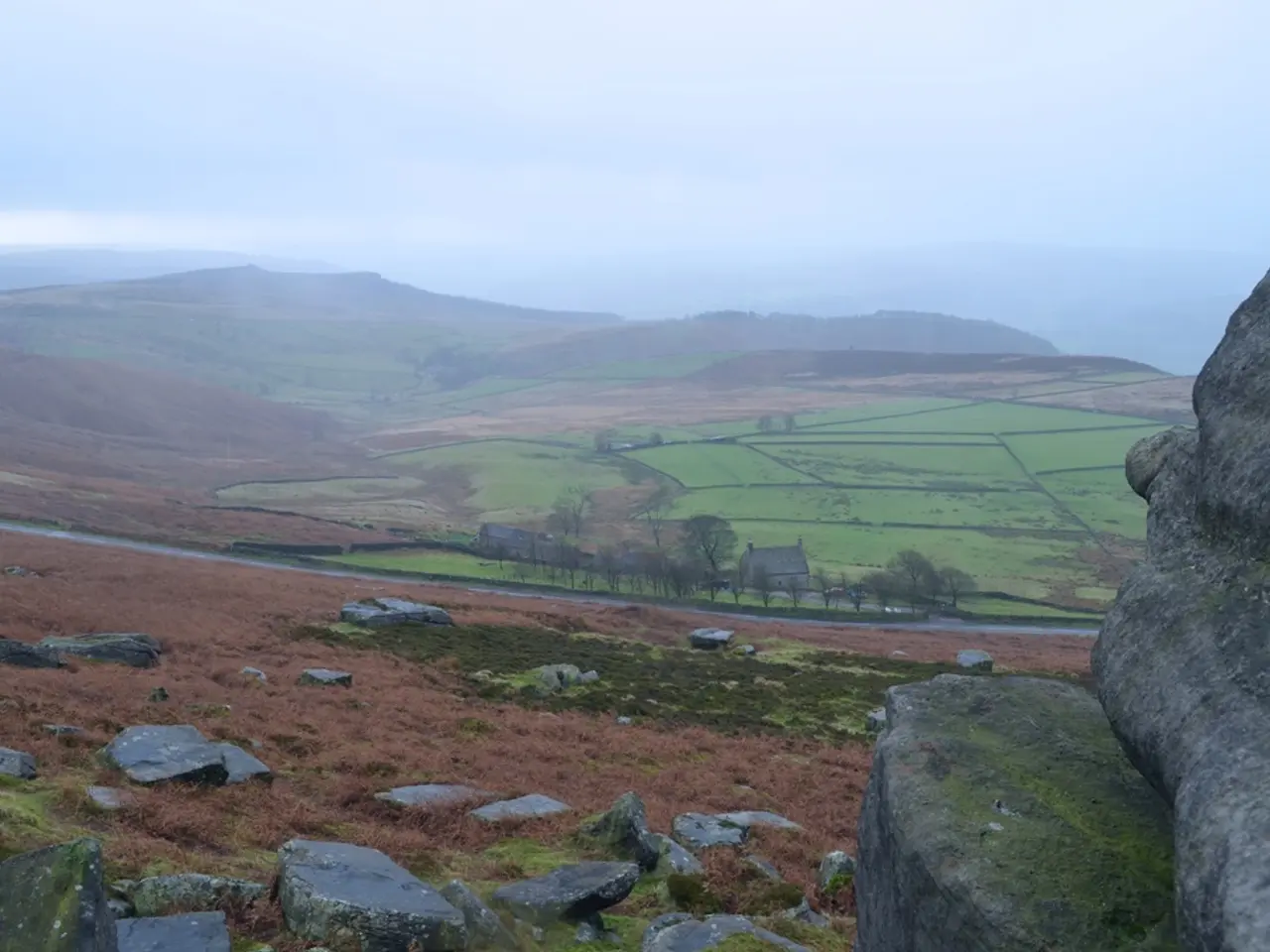A Storied Icon: Chhatrapati Shivaji Terminus
Imperial edifice, characterizing Victorian Gothic architectural splendor, established in 1887, recognized amongst the most stunning globally.
Step into the heart of Mumbai with a visit to the Chhatrapati Shivaji Terminus (CST), a captivating fusion of history, architecture, and modern life. This grand railway station, once known as Victoria Terminus, has stood proudly since its inception in 1887, marking a golden era of British influence in India. Designated a UNESCO World Heritage Site in 2004, CST showcases an intricate blend of Victorian Gothic and Indo-Saracenic architectural styles, earning its place as one of the most impressive buildings in the country.
A Beauty Birthed From Cultural Synergy
British architect Frederick William Stevens brought the station to life, drawing inspiration from diverse European railway stations while embracing traditional Indian influence. As you gaze upon the stunning towers, ornate statues, and vibrant stained glass windows, you'll be absorbing a mesmerizing blend of Italianate Gothic forms and Indian domes and decorative motifs—a testament to the rich cultural hybridity that defined colonial Bombay.
A Tragic yet Resilient Icon
As a pivotal part of Mumbai's history, CST has witnessed its fair share of triumph and tragedy. One of the most significant events to unfold within its walls took place in 2008, when terrorist attacks ravaged the city. Tragedy struck CST itself, resulting in numerous lives lost and an event that remains deeply etched in the nation's collective memory. Despite this horrific ordeal, the station continued to stand strong, symbolizing resilience and determination for the city and its denizens.
A Timeless Testimony to Progress
Today, CST continues thriving as a vital artery in India's railway network. It serves both suburban lines and long-distance trains, connecting Mumbai to every corner of the nation. Over 3 million passengers traverse its hallways each day, making it one of the most active stations on the planet. The intricate dance of departures and arrivals unfolds in a seemingly choreographed ballet, as the talented operatives of the Central Railway coordinating this complex ballet to perfection.
A Meeting of Antiquity and Modernity
While deeply steeped in tradition, CST has embraced modern innovations to enhance the traveler's experience. Electronic ticketing, surveillance cameras, information screens, and sustainable energy initiatives star in this station's highly adaptive and eco-friendly overhaul. Designated tourist areas house guided tours that delve into the building's rich history and elaborate architectural details, allowing visitors to indulge in a captivating journey back in time.
Experience the pulsating heart of Mumbai up close as you explore the Chhatrapati Shivaji Terminus. Its enduring charm and unparalleled history make it an essential stop on any tour of the vibrant city.
Visit Mumbai - Discover India - Book a Flight
In the heart of Mumbai, travelers can immerse themselves in the intricate fusion of history and modernity at the Chhatrapati Shivaji Terminus, a grand railway station that serves as a destination for both in-flight passengers and sightseers seeking to immerse themselves in the city's lifestyle and rich cultural heritage. This iconic building has stood the test of time, surviving tragic incidents while demonstrating resilience and adapting to contemporary travel demands, offering a unique experience where antiquity meets modernity.




